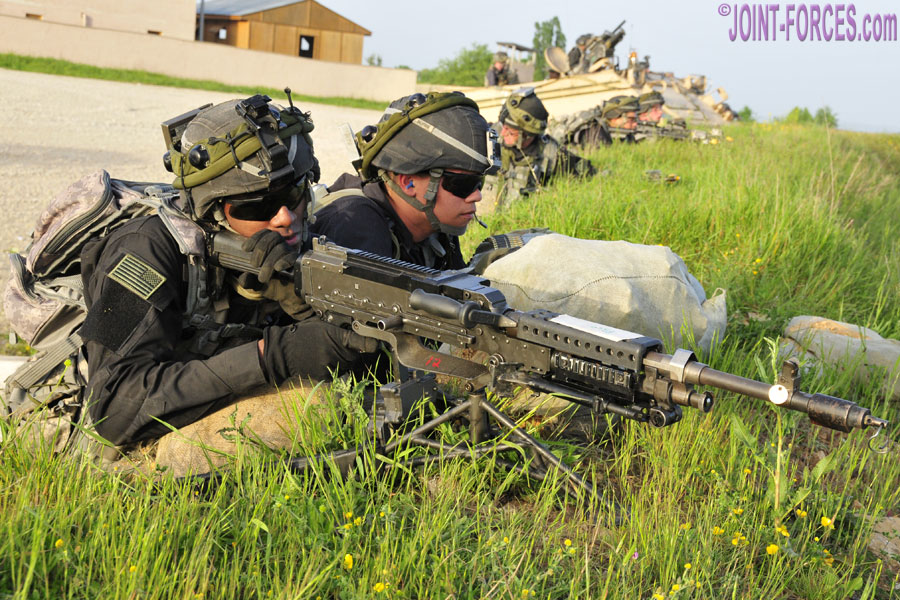
In May 2014 Carl Schulze worked with USAREUR OpFor shortly after Russia stunned the world by annexing neighbour Ukraine’s Crimean Peninsula, writes Bob Morrison.
~
On the recent SABER JUNCTION 20, the annual USAREUR-directed exercise designed to assess the readiness of the 173rd Airborne Brigade to execute unified land operations in a joint, combined environment and to promote interoperability with participating ally and partner nations, we briefly encountered the dedicated ‘Men In Black’ OpFor during the final battle phase of the manoeuvres. Before penning my overview of this certification exercise for the ‘Sky Soldiers’ of the 173rd ABCT, and then producing a Kit & Camo feature on the alternative OpFor uniform, let’s take a look back at a detailed article Carl produced back in 2014 at a time when Europe was still reeling over the unexpected Russian Federation aggression in Ukraine and the first US Army ATLANTIC RESOLVE rotation was beginning to settle in on the European side of ‘The Pond’. Over to Carl:-
~$~$~$~$~$~

2014: On NATO exercises the enemy often is called Opposing Force, usually shortened just to OpFor. The quality of an OpFor can make the difference between an exercise being one that brings valuable training and prepares soldiers for the threats they face on a future operational deployment… or one that is a waste of time, money and resources. In order to have potent OpFor forces available at its major training establishments, the US Army maintains a couple of professional units. The OpFor of the Joint Multinational Readiness Centre (JMRC), situated on the Hohenfels Training Area in southern Germany, is provided by the 1st Battalion of the 4th ‘Warriors’ Infantry Regiment and it is these ‘Men In Black’, as the soldiers of this unit are often called, we are focusing on for this feature.
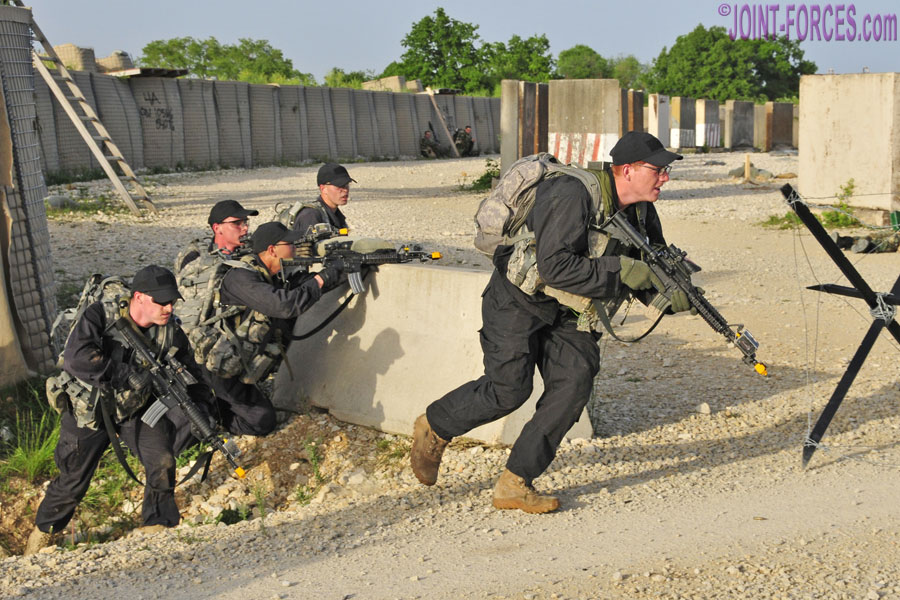
Hohenfels Training Area: His MILES gear indicated that he had been hit. He had wanted to give a couple of last orders to his second in command, but a member of an Observer Coach Trainer (OCT) team had told the infantry platoon leader to “Shut up!” as he was dead. Sitting with his back against the wall of a house, the MILES of his weapon deactivated, he now looked down the main street of the training village on the Hohenfels Training Area which was swarming with troops dressed in black Battle Dress Uniforms (BDU) armed with AK-47 assault rifles and RPG-7 shoulder launched anti-tank weapons.

All over the place sections of the OpFor were advancing deeper into the village, clearing one house after the other. The OpFor attack had struck home without any pre-warning. First his infantry platoon, tasked with defending the southern entrance to the village, had been hit by artillery fire simulated by pyrotechnics used by a Battlefield Effects Team of the JMRC. Then, directly after the artillery fire had ceased, his position was hit by the attacking OpFor infantry using perfectly timed fire and manoeuvre tactics, pinning his men down while at the same time closing in on the positions of his platoon.
Just before being taken out, the platoon leader had also noticed that the infantry was supported by a couple of M113 based OSV-T (OpFor Surrogate Vehicle – Tank) T-80 lookalike tanks that begun to engage some of the better fortified positions. His mind was in a spin. What were the reasons for his platoon having been taken out so quickly?
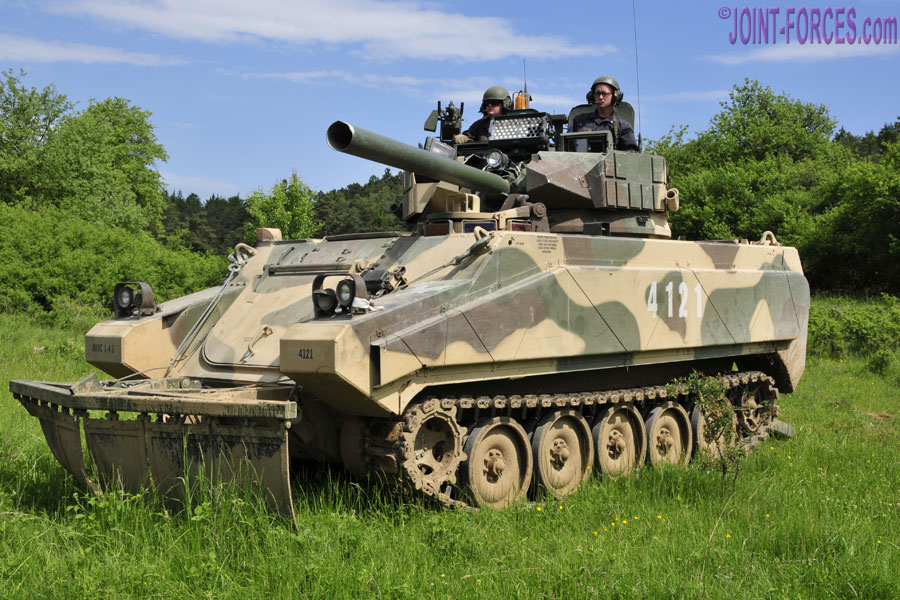
In the After Action Review (AAR) later on he would be briefed about what exactly went wrong. Certainly the OpFor did not make any mistakes and for sure they exploited all those errors made by him and his soldiers. Before again switching his attention back to the battlefield, where the OpFor was now closing in on the second line of defences, he told himself that it was better to beaten today by the OpFor, and to learn the lessons from it, than to be beaten on operations by a real enemy and to lose his soldiers for real.

Mission of the ‘Warriors’: Being first of all an active infantry battalion, the 1st Battalion, 4th ‘Warriors’ Infantry Regiment can conduct combat operations within the full mission spectrum of the US Army and, on order, can deploy to conduct combat operations in support of the global war on terrorism. However, in 2014 the prime mission of the unit, based at Hohenfels Garrison in southern Germany, in its Opposing Force (OpFor) role was to conduct combat operations throughout the spectrum of the contemporary operational environment during exercises held at the Joint Multinational Readiness Centre (JMRC) and throughout USAREUR’s area of responsibility in order to provide realistic joint and combined arms training conditions focused on developing soldiers, leaders, and units for success on current and future battlefields.
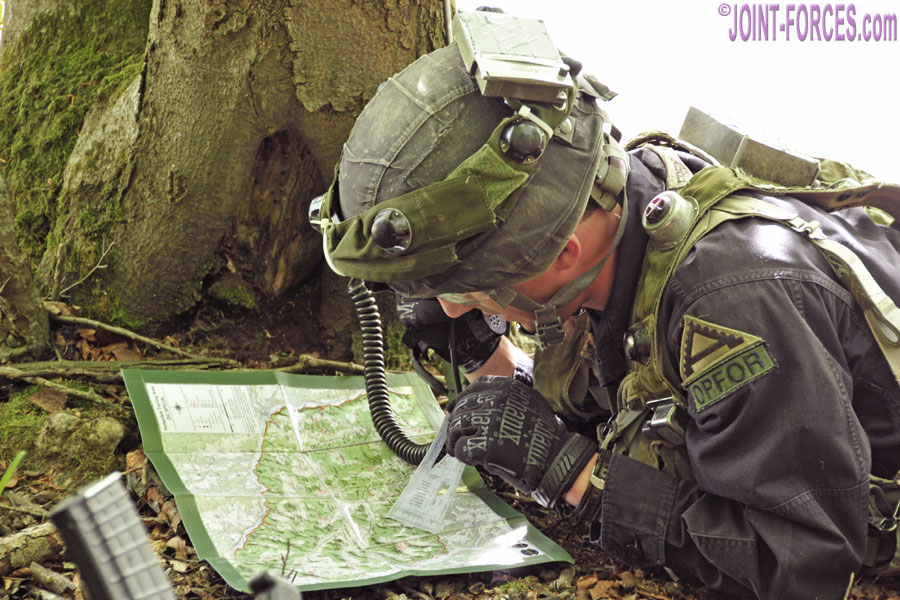
In this role the battalion portrayed a wide range of threats, from conventional forces through to irregular forces. Hybrid threats set in a complex environment were also regularly simulated by the unit. For the soldiers of the ‘Warriors’ Battalion this meant that one week they might act as conventional forces and conduct offensive or defensive operations in a conventional full-scale war-fighting scenario, while the next week they might be acting as irregular forces in a counter-insurgency (COIN) operation using unconventional warfare tactics. In the case that a complex training environment was required, the battalion could replicate both conventional and irregular forces simultaneously.
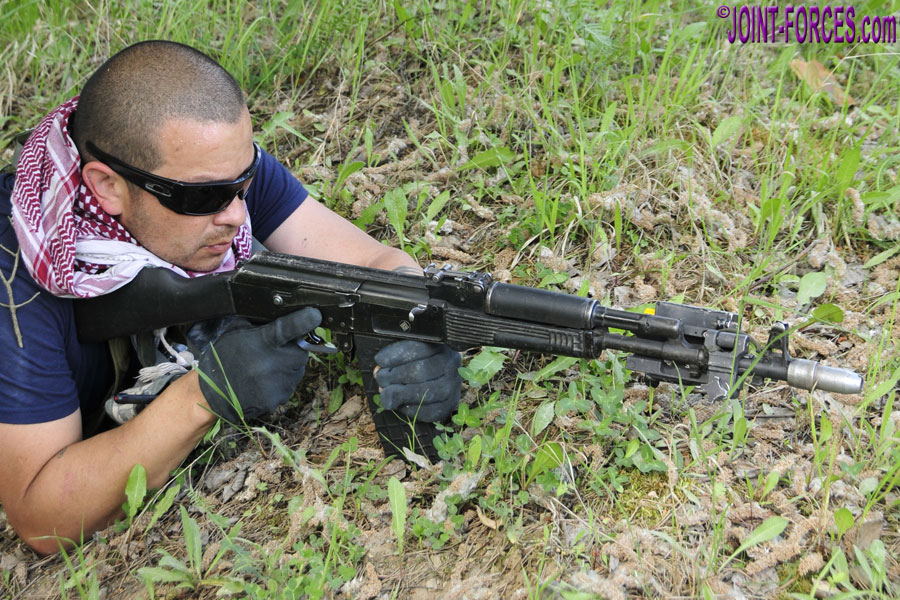
One Level Up: The ‘Warriors’ were manned and equipped to replicate a unit one level up – military speak for a formation which represents a larger formation than its usual structure – being respectively a motorised infantry regiment or brigade with 66% combat strength. The battalion was structured into a Headquarters and Headquarters Company (HHC), three rifle companies, namely Alpha, Bravo and Charlie, and a tank company, namely Delta.

Each of the OpFor rifle companies replicated a mechanised infantry battalion equipped with more than 30 armoured infantry fighting vehicles. The OpFor tank company replicated a tank battalion equipped with 31 main battle tanks. In addition to the command and administrative elements and other assets, the HHC of the battalion included a Scout Platoon and a Weapons Platoon that replicated a Reconnaissance Company and an Anti-Tank Company.
During exercises the unit is self-sustainable for up to three days. It was also able to integrate other forces, which could either be US or foreign, up to battalion size.
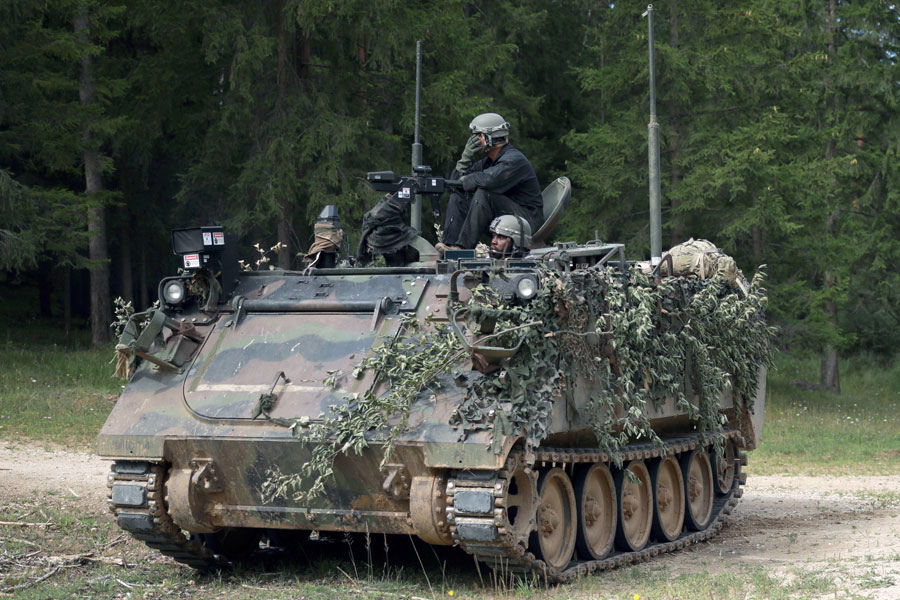
[images © Carl Schulze unless noted]
- USAREUR OpFor ~ Men In Black In 2014 – Pt1
- USAREUR OpFor ~ Men In Black In 2014 – Pt2
- Cherokee Company ~ US OpFor Tiger Stripe
Editor’s footnote: When this article was written Europe had essentially been peaceful for close to a quarter of a century, though the Russian foray into the independent Eurasian nation of Georgia in 2008 had caused a temporary blip, and as a consequence by 2013 the US Army had significantly reduced its armour presence in Germany as part of the perceived ‘peace dividend’. In the spring of 2014, before heightened tensions in Europe fully kicked in once again, it was still possible for a specialist defence photojournalist like Carl to spend a week working inside a US Army training area in Europe taking photographs to provide comprehensive coverage of a unit or exercise, but today such comparatively relaxed opportunities are rare indeed and media visits to training manoeuvres are more restricted.


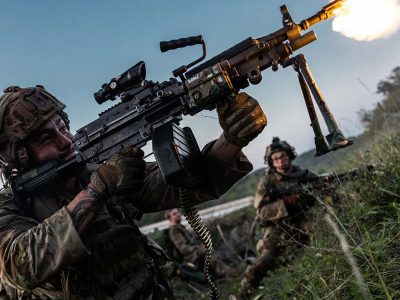

















Pingback : USAREUR OpFor ~ Men In Black In 2014 - Pt2 - Joint Forces News
Pingback : Cherokee Company ~ US OpFor Tiger Stripe - Joint Forces News